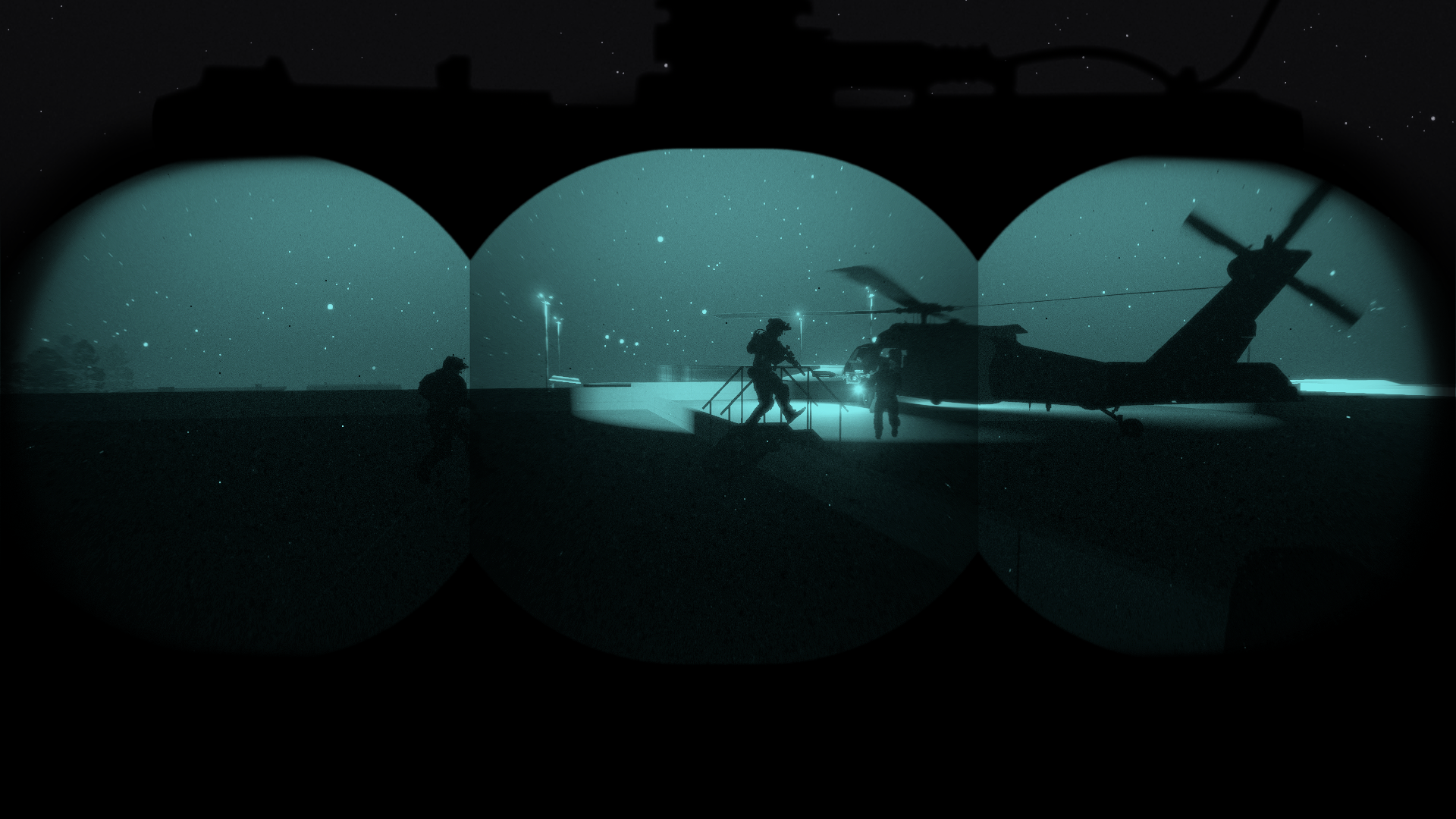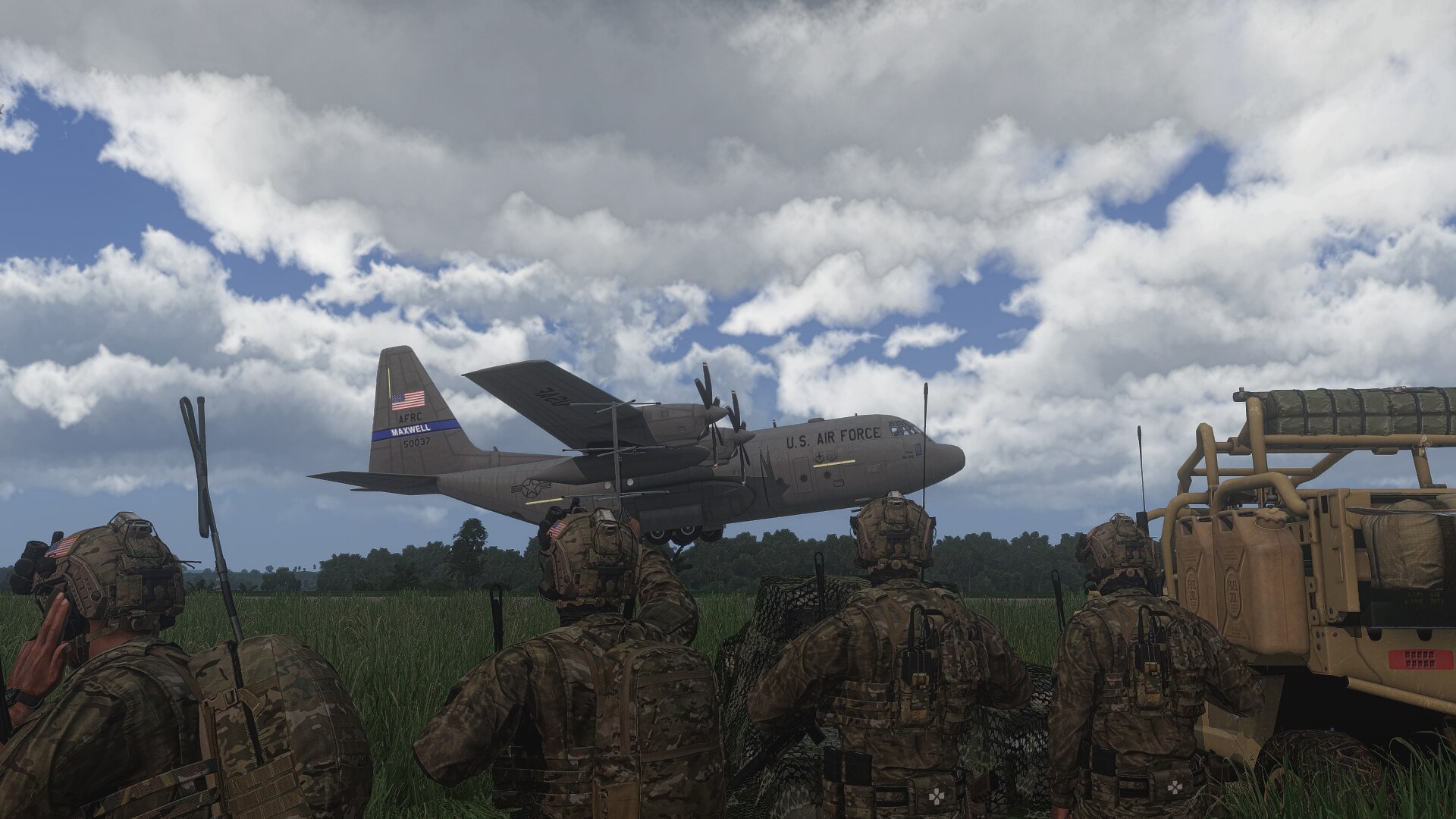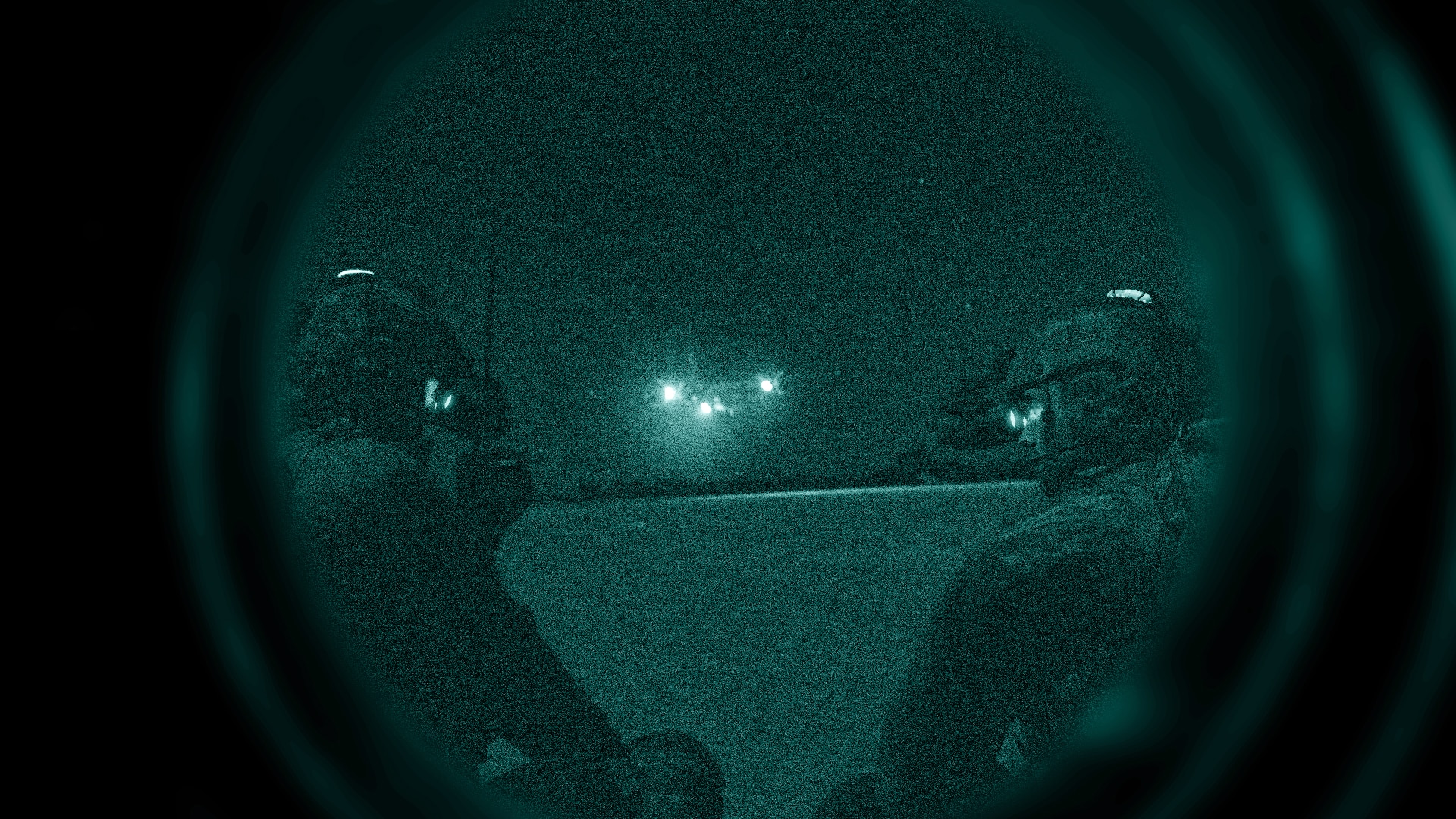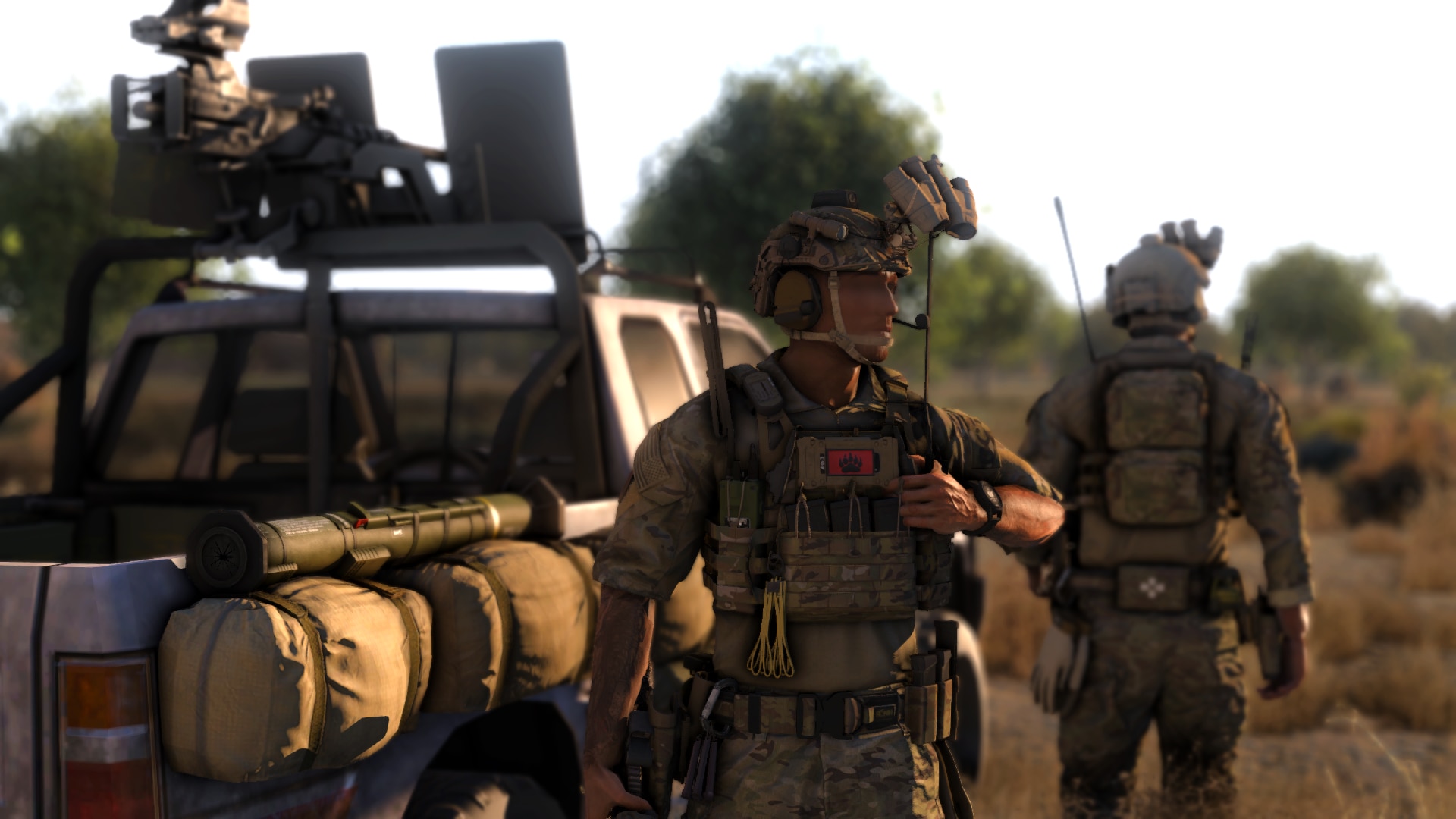Naval Special Warfare Development Group 5
Defined Roles, Real Impact
Every member has a purpose. Whether you're running point on the ground or supporting from the air, our structure mirrors DEVGRU, 160th SOAR, and 24th STS — clear roles, sharp execution, and team-wide coordination.
Immersive, Realistic Gameplay
We operate with discipline and structure because it leads to better teamwork and more immersive missions. You'll follow SOPs, use real comms, and train like you're part of a JSOC task force — because that's the experience we deliver.
Green Team: Earn Your Spot
Our selection process places you in real operations from the start. It’s not a classroom — it’s an evaluation. Show that you can contribute, communicate, and stay composed under pressure, and you’ll move forward.
Built for Serious Players
This group was formed by players who wanted more — deeper realism, smarter missions, and better coordination. If you're looking for a unit that treats every operation with purpose, you're in the right place.
STRUCTURE & ASSIGNMENT PATHWAYS
Tier One Focus
Operate as DEVGRU, 160th SOAR, and 24th STS — not just a generic unit.
Built for Immersion
We simulate intelligence-driven missions, not scripted Arma scenarios.
No BS, No Ego
Just serious players building something that feels real, mission by mission.
O26A — Special Warfare OperatorClosed
The NEC 026A identifies a U.S. Navy enlisted service member who has successfully completed Basic Underwater Demolition/SEAL (BUD/S) training and has formally entered the SEAL pipeline, but has not yet graduated from SEAL Qualification Training (SQT) or been awarded the NSW warfare designation (SEAL Trident). This classification places the operator in a transitional training status—a critical, high-stakes phase in which the individual has passed the most physically and mentally demanding selection process in the U.S. military but has not yet proven operational capability in the full spectrum of Naval Special Warfare mission sets.
Responsibilities
Operators holding the 026A NEC are assigned to the Naval Special Warfare Center (NSWCEN) or other associated pipeline commands, where they receive intensive instruction in real-world SEAL mission preparation. Training under this NEC includes HALO/HAHO parachuting, combat diving, demolitions, trauma medicine (SOCM), tactical communication systems, urban breaching, foreign internal defense advising, and battlefield exploitation. Operators may also specialize in sniper, breacher, or SDV operations.
Transition from O26A
Upon successful completion of SQT, the operator is awarded the SEAL Trident (Naval Enlisted Warfare Device), reclassified to a follow-on NEC—typically O26B, indicating a fully qualified Special Warfare Operator and assigned to an operational SEAL Team under Naval Special Warfare Command (NSWC). Until this point, 026As are under strict evaluation and can still be dropped from the pipeline for failure to meet physical, academic, or leadership standards.
O29A — D&E OperatorClosed
O29A is the NEC for an operationally assigned and fully qualified SEAL within DEVGRU (Naval Special Warfare Development Group), formerly known publicly as SEAL Team 6. It is one of the most selective and classified NECs within the U.S. Navy, designating a SEAL who has passed internal assessment, selection, and specialized training within the Joint Special Operations Command (JSOC) architecture. Operators with this NEC are no longer standard NSW assets—they are Tier One Special Mission Unit personnel, trusted with missions of national strategic importance, including counterterrorism, hostage rescue, clandestine reconnaissance, covert direct action, and sensitive activities across the globe.
Roles
A D&E (Development & Evaluation) operator is a seasoned SEAL assigned to TACD&E or
NSWDG, responsible for testing, validating, and refining new tactics, gear, weapons, and
technologies under realistic conditions; they simulate real-world missions to assess
operational viability, provide feedback to R&D and command staff, and often act as
aggressors, instructors, or evaluators to shape future NSW capabilities.
Function: Experts in explosive, mechanical, and ballistic breaching techniques used in hostage rescue, room entries, and shipboarding operations. Operators are trained to use advanced charges, thermal tools, and precise timing techniques under combat conditions, often leading the stack during dynamic entries.NBRC — NSW Breacher Very Limited
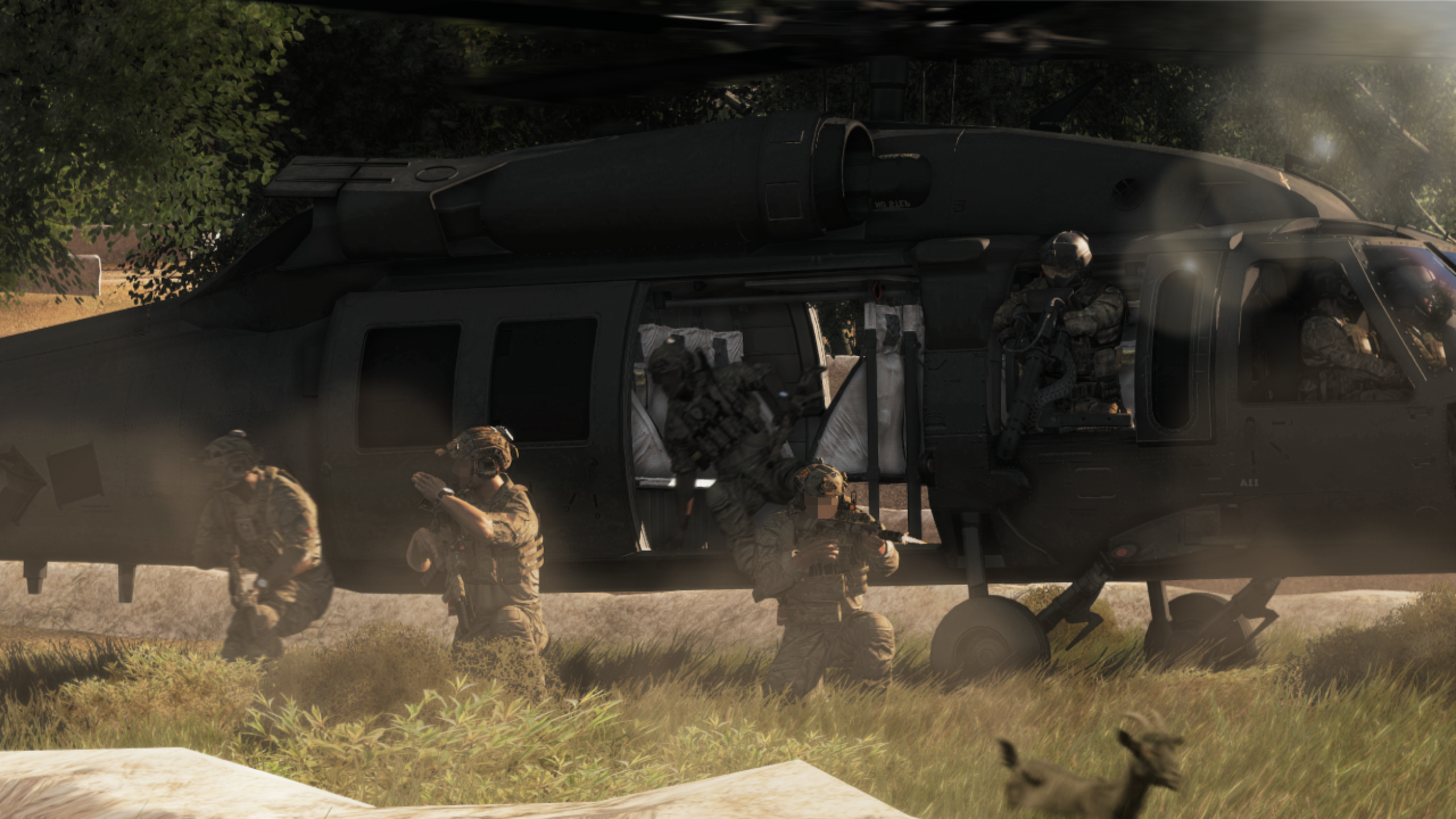
O92A — NSW Medic (SOCM) High Demand
Function: Special Operations Combat Medics (SOCM) trained in advanced trauma care, prolonged field care, and complex CASEVAC under fire.
Graduates of the SOCM pipeline are capable of providing lifesaving interventions in austere environments with minimal support, often stabilizing teammates until surgical care is available.
O91A — Tactical Medic High Demand
Function: Trained to deliver front-line trauma response during direct action operations.
These medics operate under fire, equipped to stabilize critical injuries during gunfights, with specialization in TCCC, airway management, and bleeding control.
O19A — NSW Sniper Closed
Function: Long-range precision shooter and reconnaissance asset capable of operating independently or in pairs behind enemy lines.
NSW Snipers are highly trained in target interdiction, camouflage, stalking, and intelligence collection — providing critical overwatch during sensitive missions.
Qualifications/NECs
- DMRG — Demolition Range RSO Closed
Supervises explosive breaching range operations and charge safety. - CQRSO — Close Quarters Combat RSO Very Limited
Manages live-fire shoot house environments and flow. - HRCM — HRST/C Master Open
Oversees fast rope, rappel, and SPIE rigging operations. - DYGM — Dynamic Ground Mobility RSO Open
Leads high-speed vehicle movement and bounding fire drills. - NDSV — NSW Diving Supervisor Closed
Manages all NSW dive operations including mixed-gas and rebreather dives. - SRSO — Small Arms RSO Closed
Supervises small arms ranges, muzzle discipline, and firing lines. - STWP — Stand-Off Weapons/Rockets RSO Limited
Coordinates AT4, SMAW, LAW, and other stand-off weapon systems. - SLJ — Static-Line Jumpmaster Open
Oversees static-line airborne operations and exit timing. - LANL — Language Qualification Limited
Holds certified language capability in a mission-relevant dialect. - LCS — Lead Combat Swimmer Open
Leads over-the-beach swimmer insertions and hydrographic recon. - MIFJ — Military Freefall Jumpmaster Limited
Leads HALO/HAHO jump operations and oxygen rigging checks. - NAOT — NSW Air OPS Trainer Closed
Instructs air insertions via rotary and fixed-wing aircraft. - NAOTE — NSW Air OPS Trainer Examiner Closed
Validates Air OPS training and certifies instructors. - NBRC — NSW Breacher Very
Limited
Expert in explosive, ballistic, and mechanical breaching. - NCM — NSW Communicator Open
Handles tactical SATCOM, UHF/VHF, and data systems. - OOM — Outboard Overhaul Mechanic Open
Maintains NSW maritime engines and CRRC propulsion. - ROIC — Range Officer in Charge Closed
Leads large-scale range operations and safety synchronization. - SDSP — SDV Diving Supervisor Open
Oversees SDV insertion, team endurance, and navigation. - TNBM — Tandem/Bundle Master Open
Conducts MFF tandem and sensitive bundle drops. - TSO — Tactical Surveillance Operations Open
Executes covert surveillance and countersurveillance. - NSM — NSW Senior Mountaineering Open
Instructs mountain warfare, rope rescue, and alpine mobility. - O22A — ASOT Operator Open
Performs clandestine surveillance and HUMINT ops. - O22Q — ASOT Manager Open
Manages interagency surveillance assets and field ops. - 822A — JTAC Open
Directs fixed-wing, rotary, and UAV CAS on target. - 823A — JTAC Instructor Limited
Certifies JTACs and manages terminal control instruction. - 836A — JTAC Evaluator Closed
Oversees JTAC recertification and operational evals. - 8MTS — Master Training Specialist Closed
Delivers advanced NSW instruction and curriculum dev. - O19A — NSW Sniper Closed
Provides long-range interdiction, recon, and overwatch. - O92A — NSW Medic (SOCM) High
Demand
Handles trauma care, prolonged field treatment, and CASEVAC. - O91A — Tactical Medic High
Demand
Trained in tactical trauma and front-line emergency care. - O23A — SDV Operator Open
Operates SEAL Delivery Vehicles under night/covert missions. - 805A — USN Instructor Closed
Trains SEALs and SOF in doctrine, mission prep, and tactics.
153A — Rotary Wing AviatorOpen
Warrant Officers (153A) in the 160th SOAR are highly skilled rotary-wing pilots trained to conduct nighttime, low-altitude, all-weather insertions and extractions in support of U.S. and allied SOF. Flying MH-60M Blackhawks, MH-47G Chinooks, and MH-6M Little Birds, they provide precision lift, fires, and resupply under extreme operational constraints.
Mission Responsibilities
Execute NVG terrain-following flight, fast rope and hoist insertions, casualty evacuation (CASEVAC), forward arming and refueling point (FARP) operations, and rotary-wing fire support in denied and hostile airspace.
Aircraft Summary
-
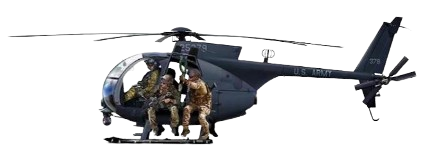 MH-6M Little Bird Role: Light assault and insertion (urban/close-quarter)
MH-6M Little Bird Role: Light assault and insertion (urban/close-quarter)
Capacity: 2 pilots + up to 6 externally seated operators
Top Speed: ~282 km/h (175 mph) -
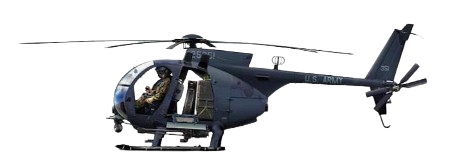 AH-6M Little Bird Role: Light attack and close air support
AH-6M Little Bird Role: Light attack and close air support
Capacity: 2 crew
Top Speed: ~282 km/h (175 mph) -
 MH-60M Black Hawk Role: Medium assault, infill/exfill, CASEVAC, FARP
MH-60M Black Hawk Role: Medium assault, infill/exfill, CASEVAC, FARP
Capacity: 2 pilots + 12 troops (standard configuration)
Top Speed: ~295 km/h (183 mph) -
 MH-60M DAP Role: Armed escort and fire support platform
MH-60M DAP Role: Armed escort and fire support platform
Capacity: 2 pilots + 2 crew chiefs (optional troops)
Top Speed: ~295 km/h (183 mph) -
 MH-47G Chinook Role: Heavy lift, overwater ops, long-range infill/exfill
MH-47G Chinook Role: Heavy lift, overwater ops, long-range infill/exfill
Capacity: 2 pilots + up to 33 troops / 24 litters / 11,000 kg
Top Speed: ~302 km/h (188 mph) -
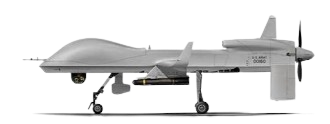 MQ-1C Gray Eagle Role: Armed ISR (Intelligence, Surveillance, Reconnaissance)
MQ-1C Gray Eagle Role: Armed ISR (Intelligence, Surveillance, Reconnaissance)
Capacity: Unmanned
Top Speed: ~280 km/h (174 mph)
Endurance: Up to 25 hours
15A — Aviation OfficerHigh demand
Aviation Officers (15A) serve as air mission commanders, integrating air assets into complex joint operations. They lead air-ground coordination with SOF task forces and manage risk, timing, and tactical airspace in support of dynamic operations.
Operational Duties
Plan and oversee mission execution, control airspace deconfliction, coordinate JTAC and ISR integration, lead tactical rehearsals, and manage the task organization of SOAR airframes during JSOC and SOCOM missions.
1C2X1 — Combat Controller (CCT)Closed
CCTs (1C2X1) are Air Force Special Tactics operators certified as FAA air traffic controllers and JTACs. They integrate airpower into ground operations in the most austere, denied, and contested environments — coordinating fixed-wing, rotary, and unmanned aircraft to deliver precision fires and mobility.
Specializations
Certified in terminal guidance operations, drop zone and landing zone establishment, forward air control (FAC), UAS integration, and combat airfield seizure. Often embedded with DEVGRU and other Tier 1 units.
1T2X1 — Pararescue (PJ)Limited but open
Pararescuemen (1T2X1), known as “PJs,” specialize in personnel recovery and battlefield trauma care. They are trained to locate, treat, and extract injured personnel in non-permissive environments. Deployed with Tier 1 and SOCOM elements, they are vital to CSAR and sensitive recovery operations.
Core Functions
Execute combat search and rescue (CSAR), CASEVAC, maritime recovery, and isolated personnel retrieval. Qualified in military freefall (MFF), static-line, dive operations, alpine movement, and SOCM-level medical care.

DEVGRU is a Tier 1 National Mission Unit operating under JSOC authority, executing time-sensitive, covert operations against high-value targets. These missions are never arbitrary — they are born from weeks or even months of classified intelligence operations, multi-agency fusion, and joint strategic oversight. The process of mission creation is deliberate, exhaustive, and driven by actionable intelligence from both military and interagency sources.
Strategic Intelligence Pipeline
Operations begin with raw intelligence — gathered from:
- HUMINT: Field agents, CIA/SAC operatives, JSOC advisors
- SIGINT: NSA or JSOC Tactical Exploitation of National Capabilities (TENCAP)
- ISR: Overhead imagery and drone surveillance (MQ-9 Reaper, RQ-170, etc.)
- DOMEX: Captured documents, phones, hard drives, biometrics
This intelligence is analyzed at the JSOC J2 node or CIA Mission Center, validated by interagency liaisons, and elevated to Target Development Officers or PMOOs embedded in-theater. Once a pattern-of-life (POL), threat matrix, or confirmed objective is established, a target packet is built.
Planning Cell & Operational Shaping
With a target identified, the Joint Planning Cell (JPC) — composed of NSW planners, SOAR liaisons, Air Force STS officers, and interagency reps — begins shaping the mission. This includes determining:
- Ingress/Egress (airborne, maritime, vehicle, foot)
- Strike windows and ISR coverage
- Red Team assessment (enemy COAs, deception risks)
- Rules of Engagement and escalation matrix
This process culminates in the release of a WARNO, followed by an OPORD structured under the five-paragraph format (Situation, Mission, Execution, Sustainment, Command & Signal).
Specialist Planning & Intelligence Roles
Within NSWDG-5, you may request billet assignment to one of the following roles, each vital to the success of mission execution:
- PMOO (Paramilitary Operations Officer): Oversees target development and cross-agency coordination. Functions as an interagency planner and HUMINT liaison.
- J2 Analyst / Intel Officer: Maintains current intelligence picture, briefs teams, creates and validates OPORDs and AARs.
- Mission Planner (J3 Cell): Crafts CONOPs, assigns squad roles, creates rehearsal structures and blue force tasking.
- SIGINT / ISR Coordinator: Allocates and monitors drone feeds, SIGINT hits, electronic warfare support, and sensor triggers.
- Red Cell: Acts as OPFOR and performs adversarial thinking. Tests the robustness of plans by simulating enemy doctrine and reaction.
These billets are open to experienced members who demonstrate initiative, realism, and command presence. If you’re interested, reach out directly to our recruiter via Discord. High demand
End-to-End Planning Lifecycle
- Intelligence Trigger: ISR hit, HUMINT report, SIGINT intercept
- Target Validation: J2 confirms objective & builds POL
- WARNO Issued: Internal alert with priority tasking
- OPORD Published: Full operation brief, asset allocations
- Rehearsals: Live-fire, ROC drills, contingency prep
- Execution: STS, SOAR, DEVGRU units deploy
- SSE & DOMEX: Evidence collection, site exploitation
- After Action Review: Debrief, INTEL capture, lessons learned

Mission Types & Profiles
HVT Grab/Kill
Profile: Direct action missions targeting High-Value Targets (HVTs) — such as terrorist cell leaders, foreign fighter facilitators, bomb makers, or financiers — often under time-sensitive conditions. Objectives vary from capture to kill, depending on real-time intelligence and Rules of Engagement (ROE).
Execution: Typically conducted at night using stealthy infil methods including MH-47G or MH-60M insertion, followed by fast rope or rooftop breach. Overwatch and support provided by MQ-9 Reapers, U-28A ISR platforms, and EC-130H Compass Call. Assault elements are usually DEVGRU, Delta, or foreign Tier 1 partners. Targets are often located in compounds within dense urban terrain, cave networks like Tora Bora, or rural villages in areas such as Kunar, Ghazni, Idlib, or the Sahel corridor.
Historical Example: Operation Neptune Spear (2011); Task Force Black ops in Baghdad (2006–2009); Delta raids in al-Jafr and Deir ez-Zor.
Maritime VBSS
Profile: Visit, Board, Search, and Seizure operations in littoral or blue water targeting vessels suspected of smuggling weapons, narcotics, humans, or WMD components. Also intercepts piracy or sanctions-violating traffic.
Execution: Conducted by SEALs, Force Recon, or MARSOC via RHIBs or MH-60S helicopters using caving ladders or fast-roping. Teams secure vessels deck-by-deck. Common gear includes hook-and-climb kits, comms headsets, and frag grenades adapted for shipboard use. Regions include the Gulf of Aden, Strait of Hormuz, and South China Sea.
Historical Example: USN arms interdictions to Houthis (2016–2023); Somali piracy responses; Operation Sentinel MIOs in the Gulf.
CBRN Interdiction
Profile: Special operations targeting chemical, biological, radiological, or nuclear threats — from mobile labs to underground bunkers. Often involves handling dangerous agents or securing sensitive materiel.
Execution: Conducted with JSOC Tech Support Detachments, Marine CBRNE units, or defense contractors. Operatives wear full MOPP gear and use detection drones, EOD, and decontamination systems. Sites include Al Muthanna (Iraq), Yongbyon (North Korea), and rural Syrian labs.
Historical Example: UNSCOM post-OIF raids; Israeli interdictions of Hezbollah chem shipments; Syrian stockpile destruction post-Ghouta.
Black Site Recovery
Profile: Recovery missions to extract captured U.S. or allied personnel from unofficial black sites, terrorist safehouses, or rogue nation prisons — typically requiring complete deniability.
Execution: Dependent on layered SIGINT/HUMINT and stealthy insertions (rotary or HALO). Assault force breaches with precision and extracts detainees under armed escort to HLZ or convoy. Overwatch may include AC-130s. AOs include al-Hasakah, Helmand, or DRC's North Kivu region.
Historical Example: Operation Red Dawn (2003); Operation Kayla Mueller (2019); Eagle Claw attempt (1980).
ISR-Based Recon
Profile: Recon missions to gather intelligence, observe enemy movement, or establish pattern-of-life prior to kinetic operations. Often small teams operating in denied or rugged terrain.
Execution: Conducted by SEALs, ODAs, or Rangers with sniper pairs, Black Hornet drones, and SIGINT kits. Insertions are typically via static line, ATV, or foot patrol. OPs positioned in ridgelines or cave entries. Data feeds live to JSOC for target prosecution.
Historical Example: SOT-A tracking Haqqani near Khost; MACV-SOG in Laos/Cambodia; French recon in Sahel on smuggler routes.
Technical Exploitation
Profile: Sensitive Site Exploitation (SSE) and Tactical Site Exploitation (TSE) — focused on capturing and triaging enemy electronics, biometrics, documents, and media for intel extraction.
Execution: On-site triage with devices like Cellebrite kits, signal blockers, fingerprint scanners, and field laptops. Agents tag, photograph, and analyze data before relaying it to NSA, DIA, or fusion centers. Targets often in villas, schools, bunkers, or tunnels.
Historical Example: Seizure of Abu Zubaydah’s laptop (2002); Raqqa drone lab raid (2017); Puntland SSE revealing hostage intel.
This isn’t about scripted missions — it’s about crafting immersive, believable scenarios where every detail matters. If you want to help author the operations that shape our campaigns and directly influence how DEVGRU, SOAR, and STS execute, contact a recruiter and express interest in a planning or intelligence billet.
Reach out to a recruiter